Eating a healthy array of colors—literally, a rainbow of colors—is exactly what your body needs to maintain a healthy, balanced ratio of all the beneficial phytochemicals available, each of which is designed to benefit your body in a different way.
Reds
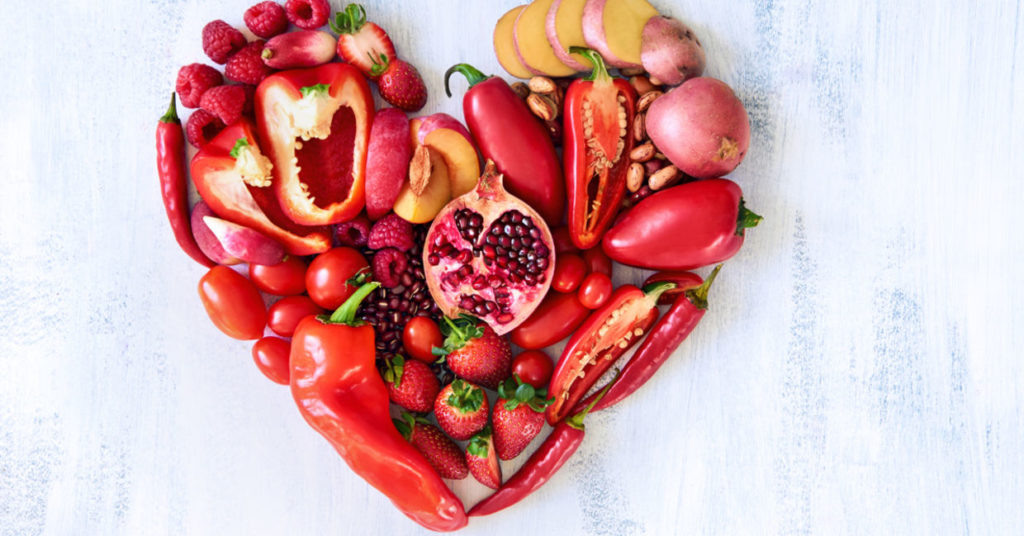
Lycopene and anthocyanins give plants their red color, which can help reduce your risks of developing certain types of cancers. Anthocyanins are dynamic powerhouse antioxidants, which keep your urinary tract healthy and even lower your blood pressure and cholesterol, making them very heart-healthy indeed. Include fruits and vegetables like tomatoes, strawberries, rhubarb, beets, and cranberries, red cabbage, pomegranates, red potatoes, blood oranges, apples, cherries, red peppers, watermelon, and radishes.
Blues and Purples
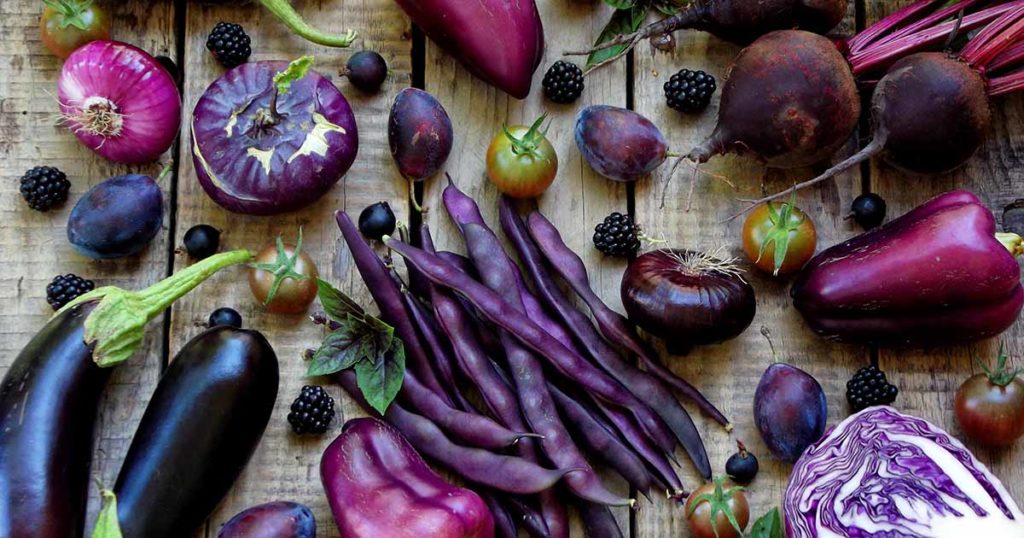
Anthocyanins may give red plants their antioxidants, but they provide purple and blue fruits and vegetables with their color. The darker the purple, the higher the concentration of those phytochemicals. The blueberry, unassuming and small though it may be, actually has the highest antioxidant level of all fruits and vegetables. Include foods like blueberries, raisins, purple carrots, eggplants, plums, and figs.
Oranges and Yellows
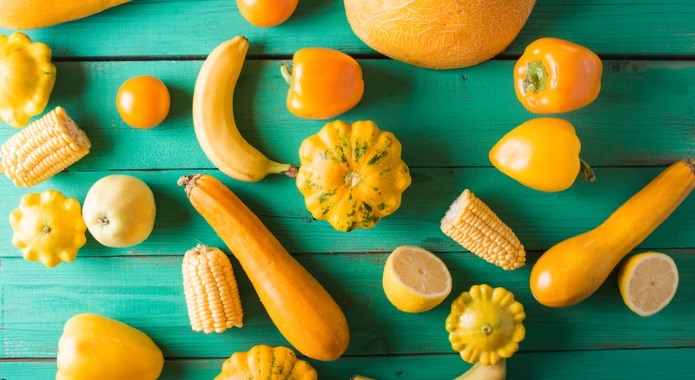
Carotenoids give yellow and orange fruits and veggies their bright, sunny color, and they provide your body with nourishing anti-oxidants and Vitamins A and C. This promotes healthy skin and bone health, decreases your risks of developing cancers, and keeps your heart, eyes and immune system healthy.
Include foods that are yellow and orange in colour like peaches, butternut squash, yellow summer squash, yellow and orange bell peppers, grapefruits, pineapples, corn, pears, persimmons, and of course, carrots and bananas.
Greens
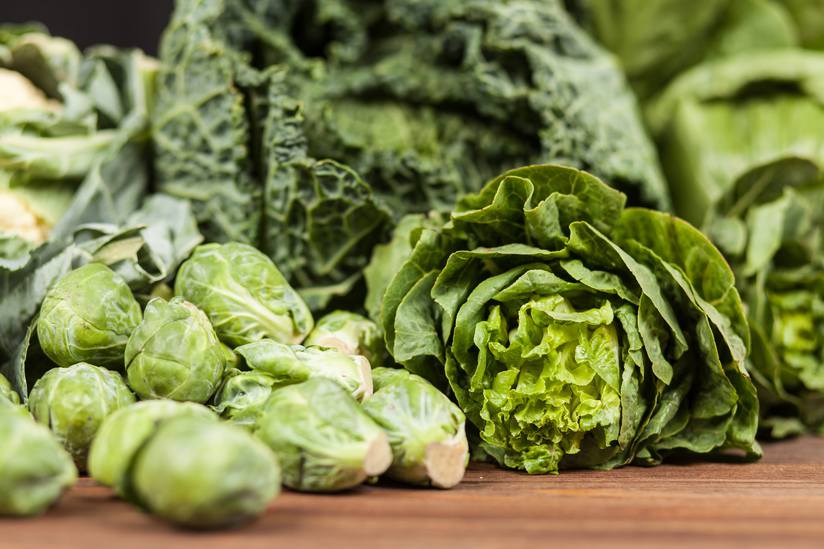
Your mother, doctor, and nutritionist have all told you to eat your greens, and they were absolutely right. Green fruits and vegetables are full of chlorophyll and other phytochemicals, Vitamins and minerals which can help protect your body from some cancers, lower blood pressure and aid in clot formation and keeps your heart healthy. Pile these greens on your plate and see your health take a turn for the better: dark leafy greens like kale, swiss chard, collard greens, and turnip greens, broccoli, cucumbers, green apples, green grapes, kiwi, asparagus, avocados, zucchini, brussels sprouts, beans, limes, and green peppers.
Whites
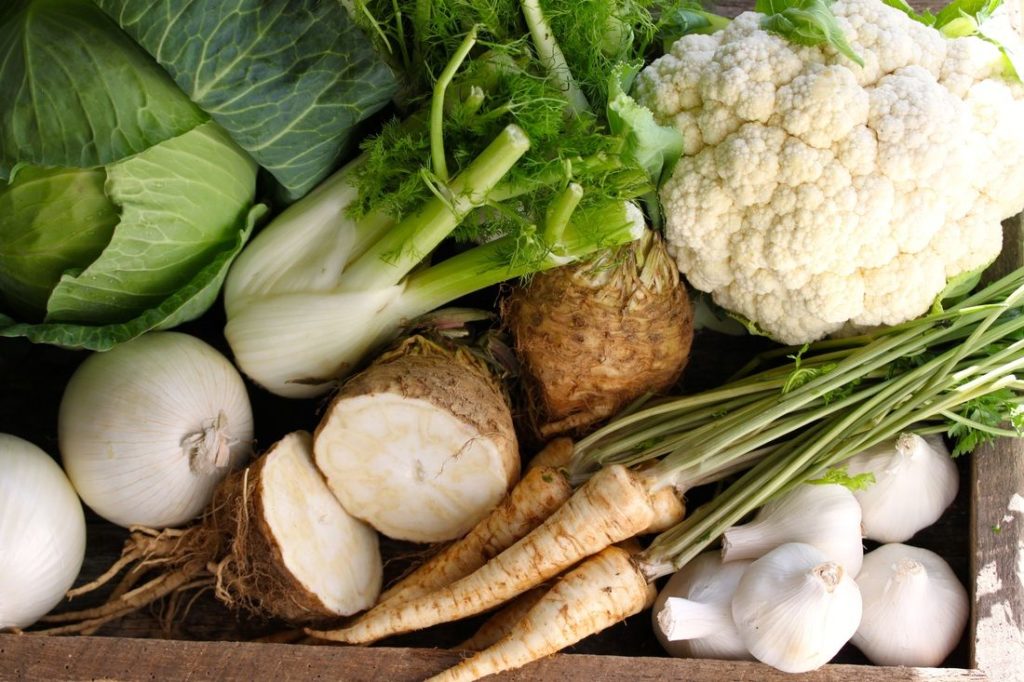
We forget about white foods when we form our rainbows, but they are just as important as the others in providing us with phytonutrients. White veggies and fruits help keep our blood pressure under control, prevent heart disease, and can reduce your risk of developing stomach cancer. White fruits and veggies help combat free-radicals which we can get from herbicides, pollution, radiation, and other environmental toxins that can harm our bodies both inside and out. Be sure to add the white food group to your meal planning, including onions, garlic, cauliflower, turnips, mushrooms, lychees, coconuts, potatoes, and bananas.


Comment